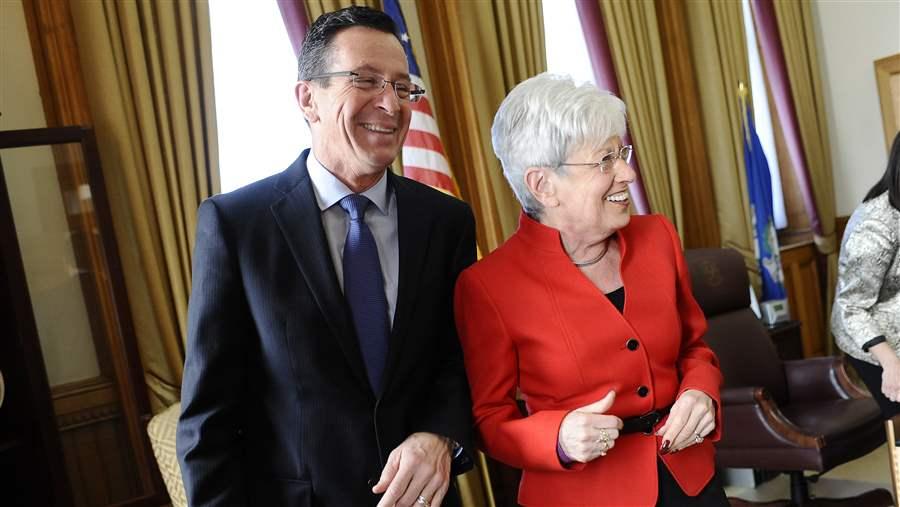By MARSHA MERCER
Freddie Gray didn’t have a chance.
If the start of a good life means a nurturing home, safe surroundings
and successful role models, Gray struck out.
Gray grew up, lived and was arrested on April 12 in the
neighborhood called Sandtown, just west of downtown Baltimore. Police dragged Gray into a van, the last of
many times he was taken into custody for minor offenses. He died a week later, after
suffering severe spinal cord injuries. He was 25. His death is under
investigation.
The riots that followed his funeral sent a clear message: Whether
America offers opportunity to all depends greatly on where we live.
Some commentators
blamed the riots on a reaction to aggressive police tactics and on the endless
war on drugs that criminalizes and reduces job prospects for low-level
offenders like Gray. Others blamed opportunistic thugs who chose to loot.
We can retrain police. We can change policy about the crimes
that merit prison terms. But how do we end the cycle of hopelessness? When generations
of young people don’t believe their lives can be better than their parents or
grandparents, that hurts everyone.
In brighter times, Sandtown, officially Sandtown-Winchester,
was a thriving black community where jazz legend Cab Calloway grew up and
Thurgood Marshall went to high school. By the late 1980s, though, Sandtown was
72 square blocks of crime-infested despair.
Into that netherworld, Freddie Carlos Gray Jr. was born on
Aug. 16, 1989. His mother was single, poor, a heroin user. Pushed out of middle school, she says she never
learned to read.
When Freddie was 2, the family moved into an old house, with
paint peeling from the windows and walls, in Sandtown, and stayed four years,
according to reports by The Baltimore Sun based on court records.
Freddie and his two sisters suffered lead poisoning, which
led to behavioral and developmental conditions, a lawsuit the family filed in
2008 against the landlord alleged. The lead paint case was settled out of
court, its terms not released. The sisters bought a house for $112,000 in 2011,
The Sun reported.
Freddie was diagnosed with attention-deficit hyperactivity
disorder. Known for his sunny disposition, he attended a vocational high
school. He got into trouble with the law. Sentenced in 2009 to four years in
prison for drug possession with intent to deliver, he was paroled in 2011,
returning to Sandtown, where one in four juveniles was arrested between 2005
and 2009.
Gray’s last arrest was for having a switchblade -- in his
pocket, not in his hand menacing anyone. That charge was, in the phrase of the
court, “abated by death.”
President Obama says we could solve the problems of
entrenched poverty if we really wanted to.
“It’s just that it would require everybody saying, `This is
important. This is significant,’” the president said Tuesday.
But here’s what makes Gray’s story heart-breaking: Thoughtful
people with ample resources did try to turn Sandtown around decades ago.
In 1990, Kurt Schmoke, Baltimore’s first black mayor, and
developer James Rouse, who created Baltimore’s Harborplace and Boston’s Fanueil
Hall, launched the Sandtown-Winchester Neighborhood Transformation Initiative.
The public-private partnership would test comprehensive strategies
to revitalize the crumbling neighborhood’s dilapidated and vacant houses, lack of jobs, poor health and education,
substance abuse, high crime rate and low community pride and spirit. More than $130
million was poured into the project over two decades.
Former President Jimmy Carter
showed up in 1992 to hammer nails into Habitat for Humanity houses. In 1993, President
Bill Clinton named Sandtown an Empowerment Zone, bringing grants and tax
credits for employers who hired residents.
The result? A
thousand substandard houses were rebuilt or replaced. But Sandtown’s
unemployment and poverty rates are still double the citywide average, and one quarter
of the buildings still are vacant, the city health department reports.
Worse: More people from Sandtown go to state prisons than from
any other census tract in Maryland. It costs $17
million a year to keep the 458 inmates from Sandtown in prison, the Justice
Policy Institute and Prison Policy Initiative reported in February.
Studies analyzing why the ambitious renewal failed cite such
reasons as not preparing residents for the slow pace of change and difficulties
in delivering jobs and economic development.
Sandtown’s experience shows it’s easier to replace structures
than it is to build hope and opportunity. But that’s what needs to happen now
more than ever, with the commitment of spiritual, business and government
leaders.
It’s too late for Freddie Gray, but the United States cannot
afford to lose future generations.
© 2015 Marsha Mercer. All rights reserved.
30





